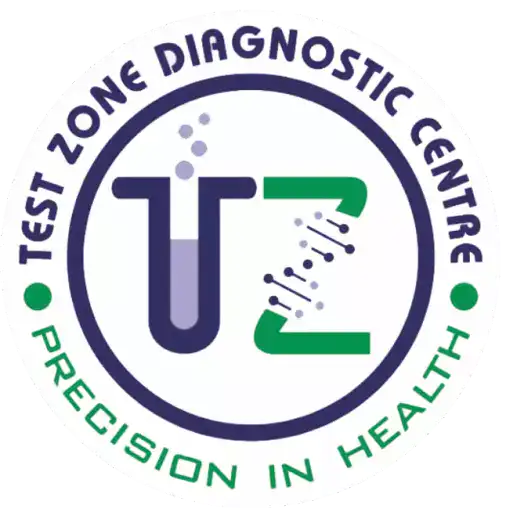
Test Zone Diagnostic Center Erythrocyte Sedimentation Rate (ESR) Test Price and Details
Last Updated On Wednesday, December 3, 2025
Erythrocyte Sedimentation Rate (ESR) at Test Zone Diagnostic Center
Known as: ESR,Sed Rate,Sedimentation Rate,Westergren Sedimentation Rate,Wintrobe Sedimentation Rate
What is an Erythrocyte Sedimentation Rate (ESR)?
A blood test called an erythrocyte sedimentation rate (ESR) can determine whether or not you have inflammation in your system. Your immune system responds to injury, infection, and many different illnesses, such as immune system disorders, some malignancies, and blood problems, by inducing inflammation.
Red blood cells are called erythrocytes. An example of your plasma is sent toward an ability for an ESR examination. The sample is put in a tall, thin test tube by a medical practitioner who then gauges how quickly the red blood cells settle or sink to the bottom of the tube. Red blood cells typically sink gradually. Though, red blood cells bunch together as a consequence of swelling.
When Is Erythrocyte Sedimentation Rate (ESR) Performed?
If you exhibit signs of an inflammatory disorder, your
doctor can ask you to have an ESR. Depending on the illness you may have, your
symptoms could include any or all of the following:
- Headaches fever without cause
- Loss of weight
- Joint rigidity
- Shoulder or neck aches
- Reduced appetite
- Anemia
What occurs throughout an ESR?
A minuscule needle will be utilized by a clinical expert to attract blood from a vein in your arm. A modest quantity of blood will be gathered into a test cylinder or vial once the needle has been set. The needle might sting to some degree when it enters or leaves your body. Typically, this main necessity is a couple of moments.
Do I need to take any action to get ready for an ESR?
For this test, you don't have to do specific arrangements. Nonetheless, you could have to quick (not eat or drink) for a couple of hours before the test if your PCP mentioned extra testing on your blood test. If there are specific guidelines to keep, your supplier will tell you.
What do the findings indicate?
Your doctor will establish a diagnosis based on the results of your ESR test, your medical history, your symptoms, and the results of other tests. An ESR test cannot be used to identify inflammation-causing disorders.
A high ESR test result could indicate an inflammatory
condition like:
- Arteritis\arthritis
- Vasculitis systemic
- Rheumatic polymyalgia
- Colitis of the bowels
- kidney illness
- Infection
- Other autoimmune illnesses, such as rheumatoid arthritis
- Heart condition
- specific cancers
Red blood cells sunk more slowly than usual if your ESR test
result was low. Conditions like these may contribute to this:
- A blood condition like:
- Polycythemia
- Acute myeloid leukemia (scd)
- A very high white blood cell count is called leukocytosis
(WBC)
- Heart attack
- Specific liver and kidney issues
Even if your ESR test results are abnormal, you might not necessarily need medical attention. Results from the ESR can be impacted by pregnancy, menstruation, aging, obesity, regular binge drinking, and exercise. Tell your clinician about any medications or dietary supplements you are taking because they may also alter your results.
What are the benefits of this test?
When combined with another testing, an ESR analysis can aid
in the identification of inflammation-causing diseases. It can be applied to
assist in keeping track of these conditions. Inflammation is a common symptom
of many different diseases and disorders, such as arthritis, vasculitis,
infection, and inflammatory bowel disease. The nursing of a current sickness
can be done through an ESR.
